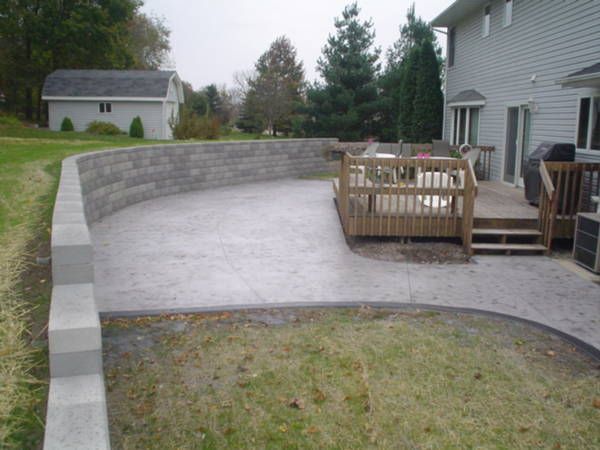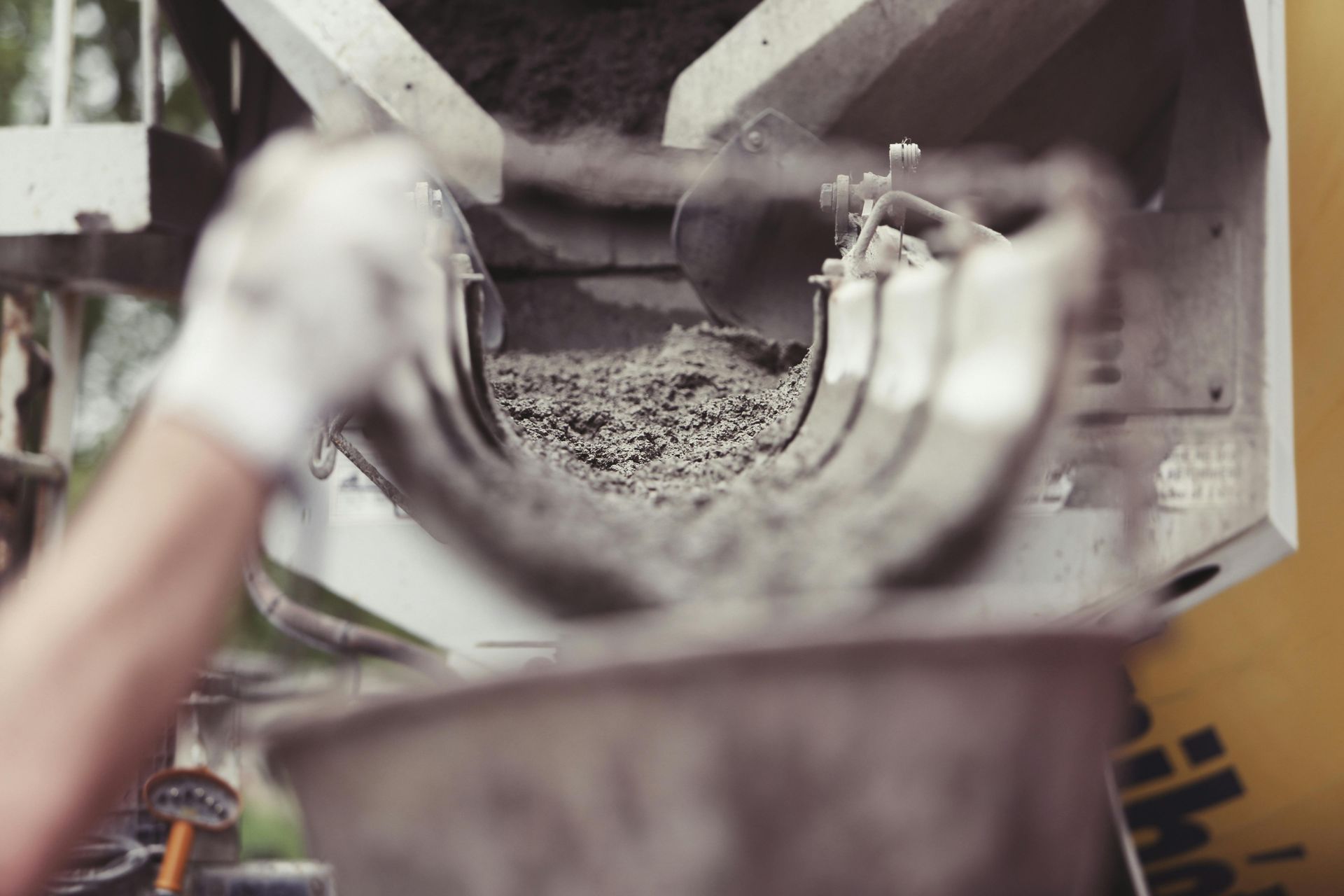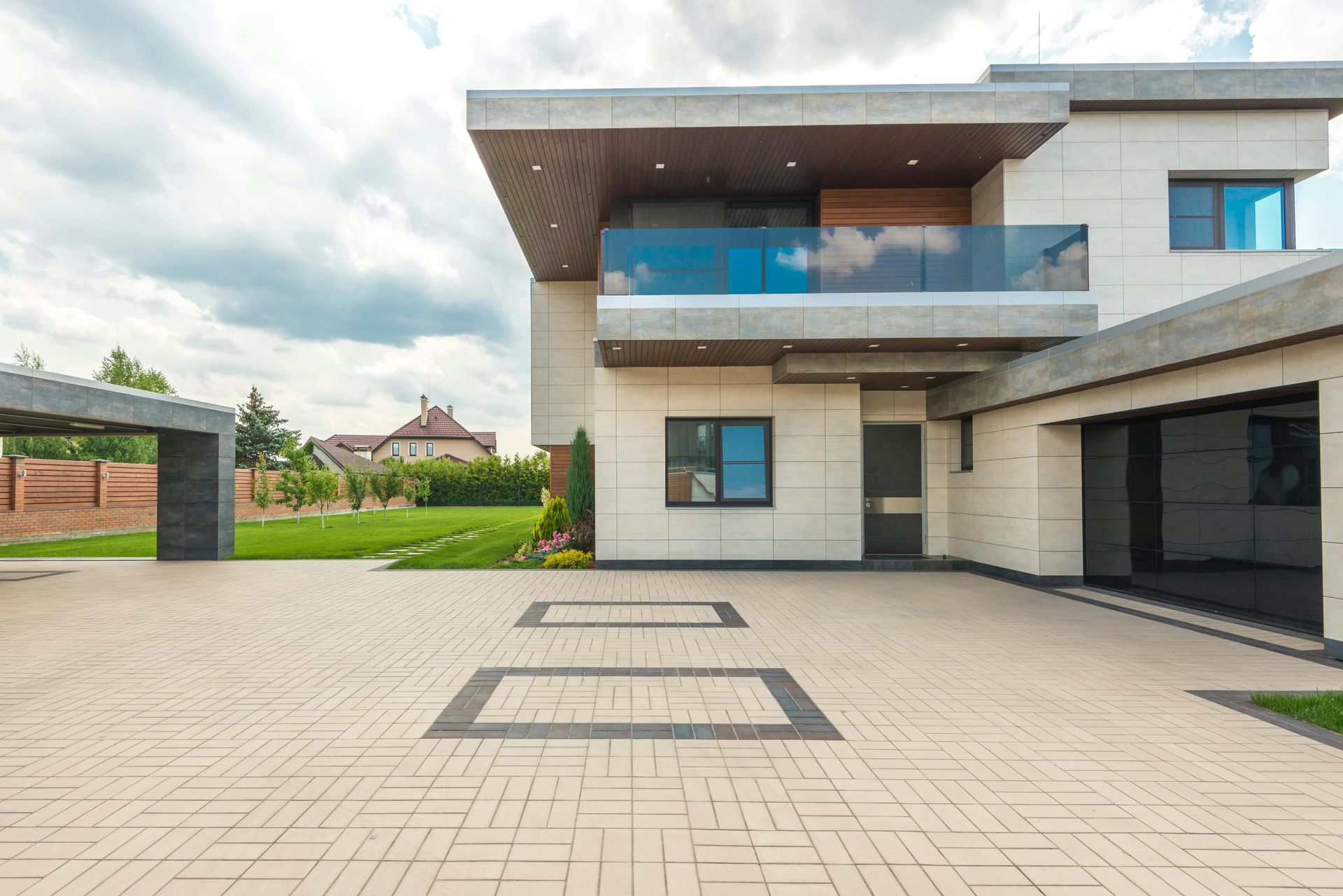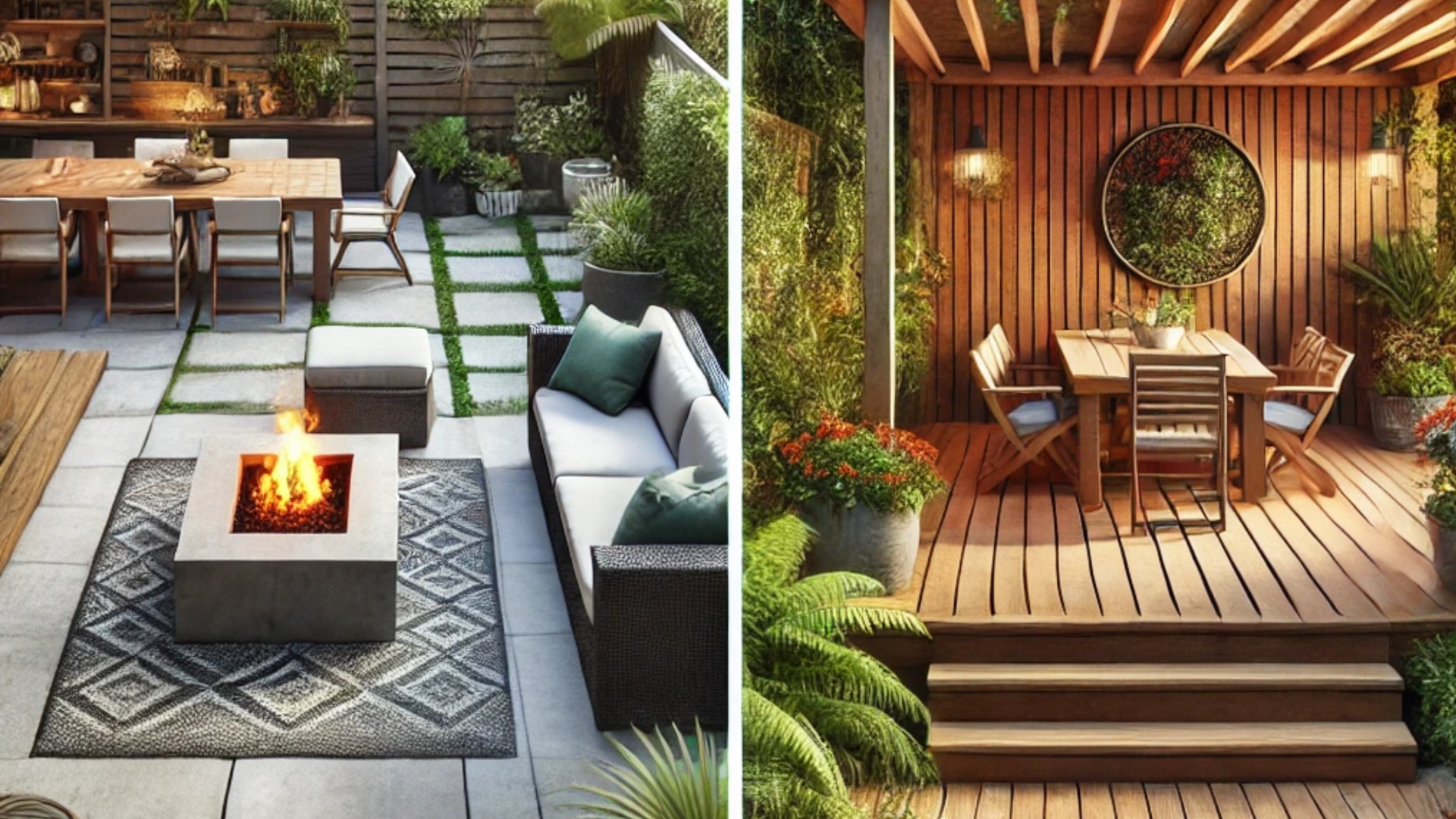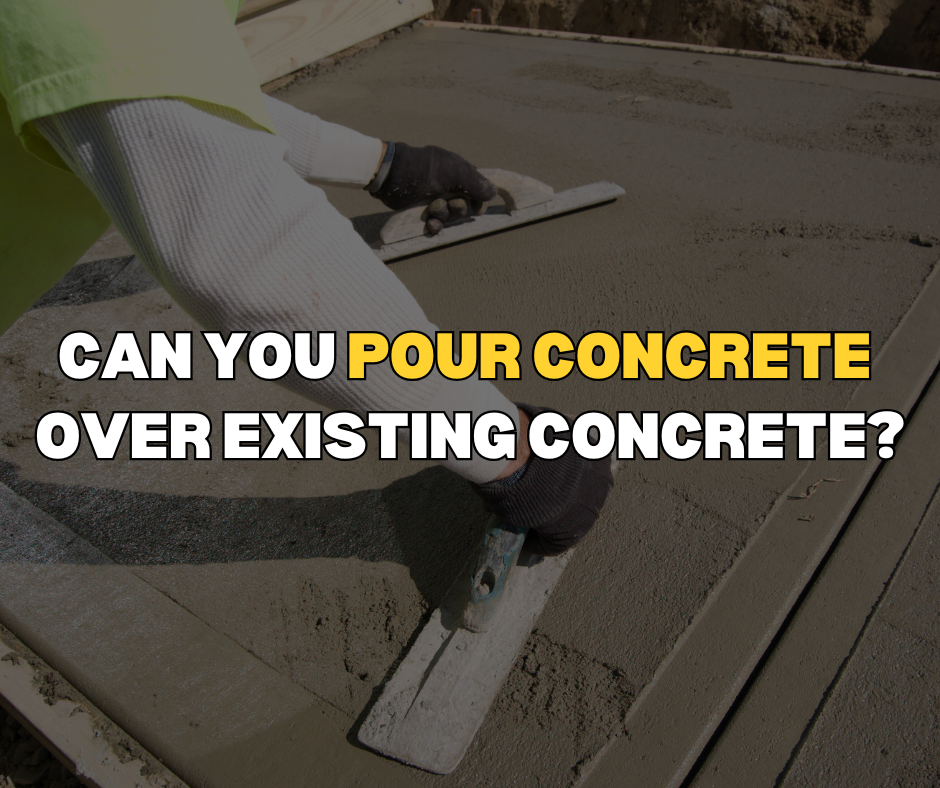New Title
Why Does Concrete Crack? Common Causes and How to Prevent Them

Concrete is known for its strength and durability, making it a top choice for driveways, patios, and foundations. However, despite its resilience, concrete can develop cracks over time. At Wirtanen Concrete, we know how frustrating cracked concrete can be, which is why we’re here to explain the most common causes and how you can prevent them.
1. Shrinkage Cracks
One of the most common reasons for concrete cracks is shrinkage. As concrete cures, it loses moisture and naturally shrinks. If the concrete dries too quickly, it can lead to shrinkage cracks. Proper curing techniques and adding control joints can help minimize this issue.
2. Temperature Changes
Concrete expands in hot weather and contracts when it cools. These temperature fluctuations create stress within the slab, leading to cracks over time. Expansion joints and proper reinforcement can help accommodate these natural movements and reduce cracking.
3. Improper Installation
If concrete is not mixed, poured, or finished correctly, it becomes more susceptible to cracking. Common mistakes include adding too much water to the mix, inadequate reinforcement, or poor subgrade preparation. Hiring experienced concrete professionals, like Wirtanen Concrete, ensures the job is done right the first time.
4. Heavy Loads
While concrete is strong, excessive weight can still cause cracks, especially if the slab is too thin or lacks reinforcement. Driveways and parking areas need properly designed concrete thickness to support the weight of vehicles and equipment.
5. Soil Movement and Settlement
The ground beneath concrete slabs can shift over time due to erosion, poor compaction, or changes in moisture levels. When the soil moves, it can cause the concrete to crack or become uneven. Proper site preparation and stable subgrade materials help prevent this issue.
6. Tree Roots
Large trees near concrete surfaces can be another culprit. As tree roots grow and expand, they can push up against concrete, causing cracks and uneven surfaces. Choosing the right location for trees and using root barriers can help prevent this problem.
7. Freeze-Thaw Cycles
In colder climates like Cedar Rapids, Iowa, freeze-thaw cycles can be a significant cause of concrete cracking. When water seeps into small pores or existing cracks and freezes, it expands, causing further damage. Using air-entrained concrete and applying a quality sealer can help protect against freeze-thaw damage.
How to Prevent Concrete Cracking
While some cracks are inevitable, proper installation and maintenance can significantly reduce their occurrence. Here are a few key steps:
- Use high-quality concrete mixes and reinforcement.
- Allow the concrete to cure properly and avoid rapid drying.
- Install control joints and expansion joints in the right locations.
- Ensure proper subgrade preparation before pouring concrete.
- Apply a concrete sealer to protect against moisture and weather changes.
At Wirtanen Concrete, we specialize in expert concrete installation and repair services in Cedar Rapids and Iowa City, ensuring durable and long-lasting results. If you’re dealing with cracked concrete or need a professional installation, contact us today for a consultation!
📞 Call us at 319-530-0976 or visit WirtanenConcrete.net to learn more!
